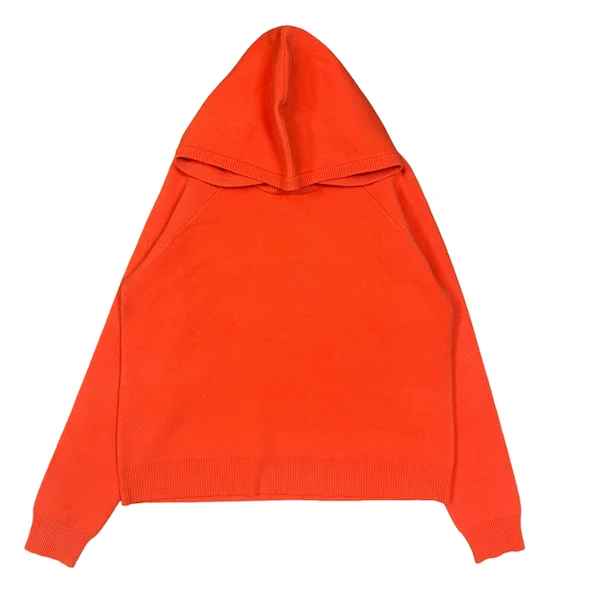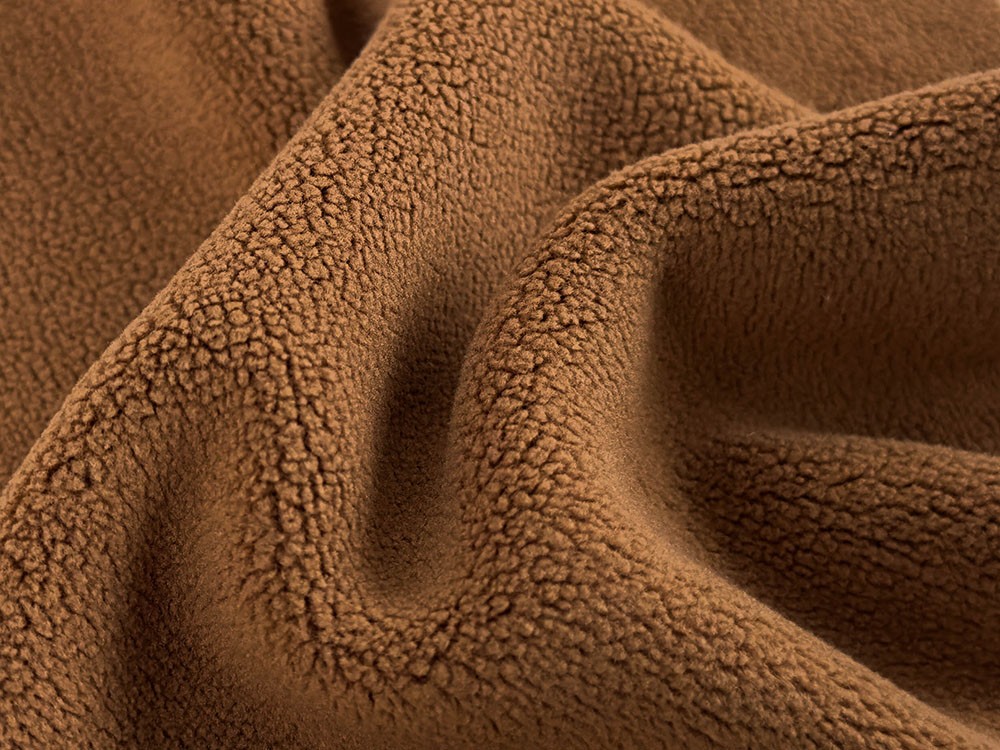In the world of sports, the right outfit can make a significant difference in performance, comfort, and overall experience. Athletes and fitness enthusiasts alike often overlook the importance of fabric selection when it comes to sportswear. The type of fabric used in sports outfits is not merely a matter of aesthetics; it plays a crucial role in moisture management, breathability, durability, and overall functionality. In this article, we will delve into the various types of fabrics commonly used in sports apparel, their unique properties, and how they contribute to athletic performance.
- Understanding Fabric Types
Sports outfits are typically made from a variety of synthetic and natural fabrics, each with its own set of characteristics. The most common fabrics include:
- Polyester: This synthetic fabric is renowned for its moisture-wicking properties. Polyester fibers are hydrophobic, meaning they repel water and help to draw sweat away from the skin, allowing it to evaporate quickly. This feature keeps athletes dry and comfortable during intense workouts. Additionally, polyester is lightweight, durable, and resistant to shrinking and stretching, making it a popular choice for a wide range of sportswear.
- Nylon: Another synthetic fabric, nylon is known for its exceptional strength and elasticity. It is often blended with other materials to enhance durability and provide a snug fit. Nylon is also moisture-wicking, although not as effective as polyester. Its smooth texture and lightweight nature make it ideal for running and cycling gear, where freedom of movement is essential.
- Spandex (Lycra): Spandex is a highly elastic synthetic fiber that is often blended with other fabrics to provide stretch and flexibility. This fabric is crucial for activities that require a full range of motion, such as yoga, gymnastics, and dance. Spandex garments fit snugly against the body, reducing drag and enhancing performance.
- Merino Wool: For those who prefer natural fibers, merino wool is an excellent option. It is soft, breathable, and has natural moisture-wicking properties. Merino wool can regulate temperature, keeping athletes warm in cold conditions and cool when it’s hot. Additionally, it is odor-resistant, making it suitable for multi-day wear during outdoor activities.
- Cotton: While cotton is a popular fabric for casual wear, it is not ideal for high-performance sports. Cotton absorbs moisture, which can lead to discomfort during intense workouts. However, it is often used in lighter sportswear or as a layering piece due to its softness and breathability.
- The Importance of Moisture Management
One of the primary functions of sports fabrics is moisture management. When engaging in physical activity, the body produces sweat to regulate temperature. Fabrics that wick moisture away from the skin help to keep athletes dry and comfortable, reducing the risk of chafing and overheating.
Moisture-wicking fabrics are engineered with specific weaves and finishes that enhance their ability to draw sweat away from the skin. For instance, many modern sports outfits feature a hydrophilic finish that allows moisture to spread across the fabric's surface, promoting quicker evaporation. This technology is particularly beneficial for endurance athletes, who may spend hours training in varying conditions.
- Breathability and Temperature Regulation
Breathability is another critical factor in sports fabric selection. Fabrics that allow air to circulate help to regulate body temperature, preventing overheating during intense workouts. Breathable fabrics often feature mesh panels or perforated designs that enhance airflow.
In addition to breathability, some fabrics are designed with thermal regulation properties. For example, advanced synthetic materials can adapt to changing temperatures, providing insulation when it’s cold and cooling when it’s hot. This adaptability is essential for athletes who train in diverse climates.
- Durability and Performance
Durability is a vital consideration for sportswear, as athletes put their outfits through rigorous use. Fabrics like polyester and nylon are known for their strength and resistance to wear and tear. Additionally, many sports outfits undergo treatments to enhance their durability, such as anti-abrasion finishes and UV protection.
Moreover, the construction of the garment plays a significant role in its overall performance. Flatlock seams, for example, reduce chafing and enhance comfort, while reinforced stitching ensures longevity. Athletes should look for well-constructed garments that can withstand the demands of their specific sport.
- Sustainability in Sports Fabrics
As awareness of environmental issues grows, many brands are turning to sustainable fabrics for their sportswear lines. Recycled polyester, for instance, is made from post-consumer plastic bottles and offers the same performance benefits as virgin polyester. Organic cotton and Tencel (made from sustainably sourced wood pulp) are also gaining popularity for their reduced environmental impact.
Athletes who prioritize sustainability can now find a range of eco-friendly options that do not compromise on performance. Brands are increasingly transparent about their sourcing and manufacturing processes, allowing consumers to make informed choices.
Conclusion
Choosing the right fabric for sports outfits is essential for optimizing performance, comfort, and durability. Understanding the unique properties of various materials can help athletes make informed decisions that align with their specific needs and preferences. Whether it’s the moisture-wicking capabilities of polyester, the elasticity of spandex, or the temperature-regulating properties of merino wool, the right fabric can enhance athletic performance and overall enjoyment of physical activity. As the industry continues to innovate, athletes can look forward to even more advanced materials that support their active lifestyles while also considering sustainability.



